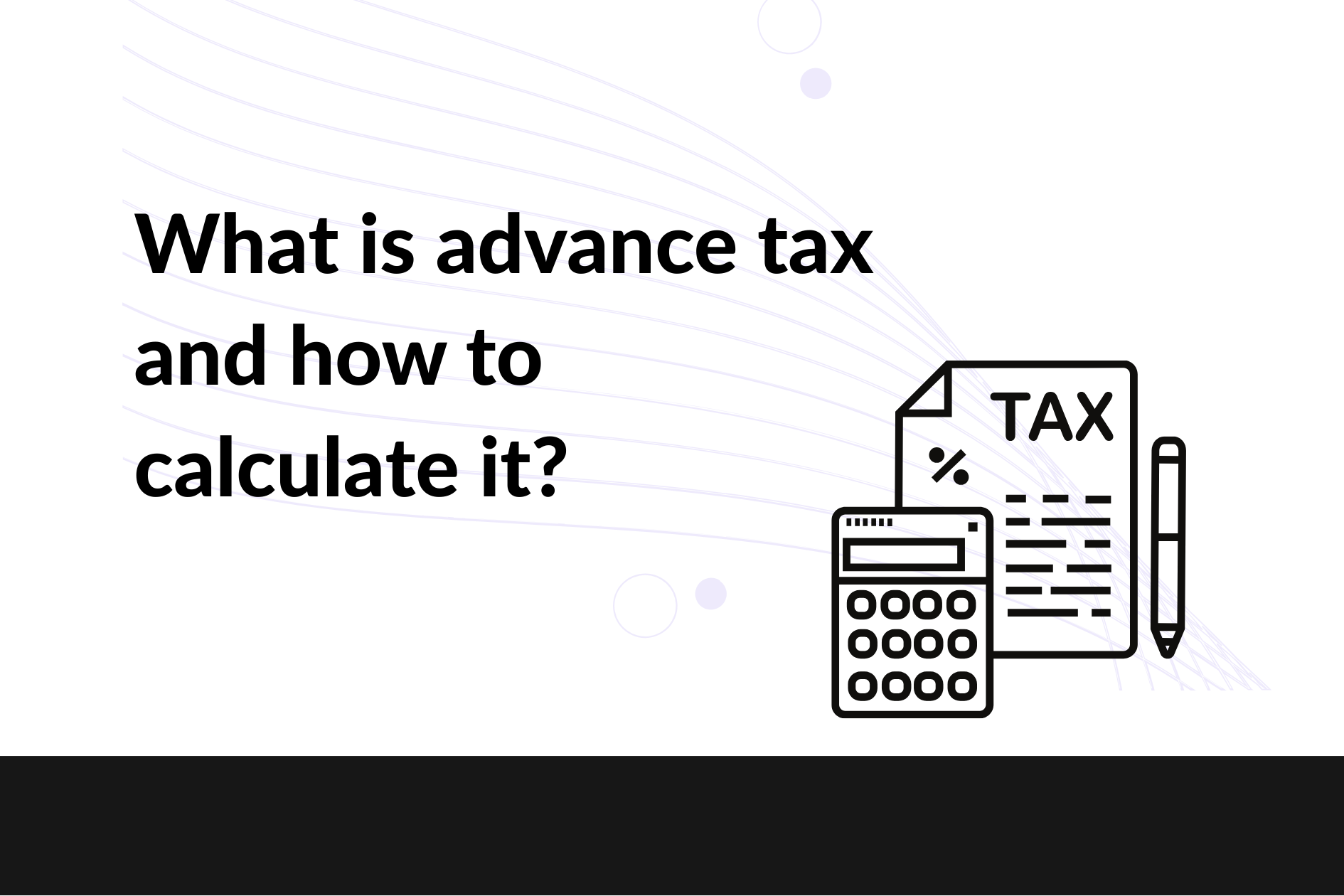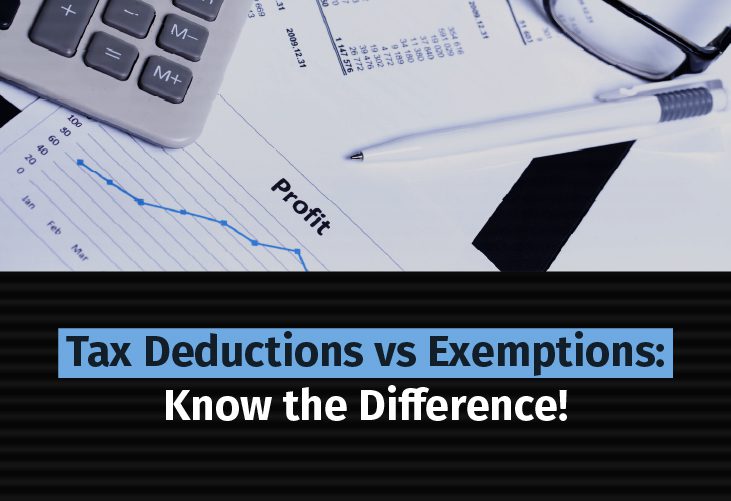Tax Deducted at Source, more popularly known as TDS, is often a tedious process for the person responsible to file and pay it. But then it has a special place in the heart of the Tax Department, as it gives them the trail of various transactions that it seeks from its taxpayer base. And since the onus on the payment of TDS is always on the person making the payment, there is no escape from it.
TDS acts as a mechanism for the government to collect tax revenue at the source of income generation. It requires the deduction of tax at prescribed rates from payments made for specified transactions such as salaries, professional fees, rent, interest, and more. The TDS amount, so deducted, is then deposited into the government account.
Calculate advance tax for FY 2025-26 with our Advance Tax Calculator
While the TDS process may seem cumbersome, it serves as an essential tool for the Tax Department to monitor income flow and ensure tax compliance. By capturing a wide range of financial transactions, TDS facilitates transparent income reporting and minimises the risk of tax evasion.
When is TDS on property applicable?
Any person purchasing an immovable property from an Indian tax resident, for a value (agreement value or stamp duty value, whichever is higher) exceeding Rs. 50 lakhs, is obligated to deduct TDS on the value (as defined above) as income-tax thereon.
The threshold of Rs. 50 lakhs is applicable per owner/ purchaser of a property. For eg. if 2 individuals are buying one property in joint names (and equal shares) for a total consideration of Rs. 96 lakhs, they are not obligated to deduct TDS here. Although the total consideration for the property exceeds the threshold limit prescribed in the tax provisions, when this limit is considered per owner of the property, their individual shares of Rs. 48 lakhs each are below the limit of Rs. 50 lakhs, prescribed for an owner.
Rate of TDS
The prescribed rate, as per the tax laws prevalent on the date of this article, is 1%. This rate is all-inclusive and no surcharge and/or cess needs to be added to this rate, irrespective of the property value.
How to determine value liable for TDS
The TDS of 1% is deductible from the total consideration payable for the property. Consideration includes the agreement value (or the stamp duty value, whichever is higher) and all charges of the nature of club membership fees, car parking fees, electricity or water facility fees, maintenance fees, advance fees or any other charges of similar nature (and by whatever name called) which forms part of the agreement and are incidental to the transfer of immovable property. The aforesaid charges were included in the TDS scope w.e.f. 1 April 2022 only.
Non-applicability of TDS
Other than those transactions, where the property value is less than Rs. 50 lakhs, these TDS provisions are not applicable in case of transactions involving rural agricultural lands. A land which is situated beyond 2-8 km of any Municipality limits and has a population anywhere between 10,000 to 10 lakhs, as prescribed for the distance range, is defined as rural land.
For year-round tax planning and filing talk to our Qualified Financial Advisor
When is TDS to be deducted and paid
TDS is liable to be deducted at the time of payment of the sum to the seller or when the liability is credited to the name of the seller, whichever is earlier. If the property has been purchased in an under-construction phase, then the TDS is liable to be deducted for each such instalment payable.
The TDS, so deducted, is liable to be deposited with the Government account, within 30 days from the end of the month in which such TDS was deducted. For eg.: If you made payment to your seller on the 5th of March, and deducted TDS thereon, you are liable to deposit this TDS on or before the 30th of April.
How is this TDS paid?
Every person, liable to deposit and pay this TDS, has to file the statement of tax deducted in Form-26QB. This form is a statement-cum-return required to be filed by every buyer of a property who is liable to deduct and pay TDS on the property. This form has to be filed before the TDS is deposited and hence the due date remains the same as for the TDS payment.
Consequences of non-payment or delayed payment
For delayed payment, the taxpayer is liable to pay interest at the rate of 1.5% p.m. (or part thereof) for every month of delay in the deposit of TDS. If any buyer fails to deposit this TDS within time, and the same is detected by the Tax Department, then the buyer is liable to pay the TDS amount along with the interest calculated as above.
For delayed filing of Form-26QB, the buyer is liable to pay a penalty of Rs. 200 for a day of default. For eg. in the above example, if the individual files this form on 30 June, then he/she is liable to pay a penalty of Rs. 200 for 60 days totalling Rs. 12,000.
However, this penalty cannot exceed the amount of TDS that was liable to be deposited by the taxpayer.
To conclude, TDS on the property and compliance with the same is extremely important as the onus of compliance is on the buyers. For individuals, who generally, do not file or pay TDS, tend to ignore this compliance, but they should do so only at their own peril.
Tax planning forms an integral part of financial planning. When done correctly, financial planning can help you tackle many life problems by ensuring your financial security and stability. It is better to have a Qualified financial advisor who can help you navigate the complex nature of personal finance so that your peace of mind stays unharmed.








